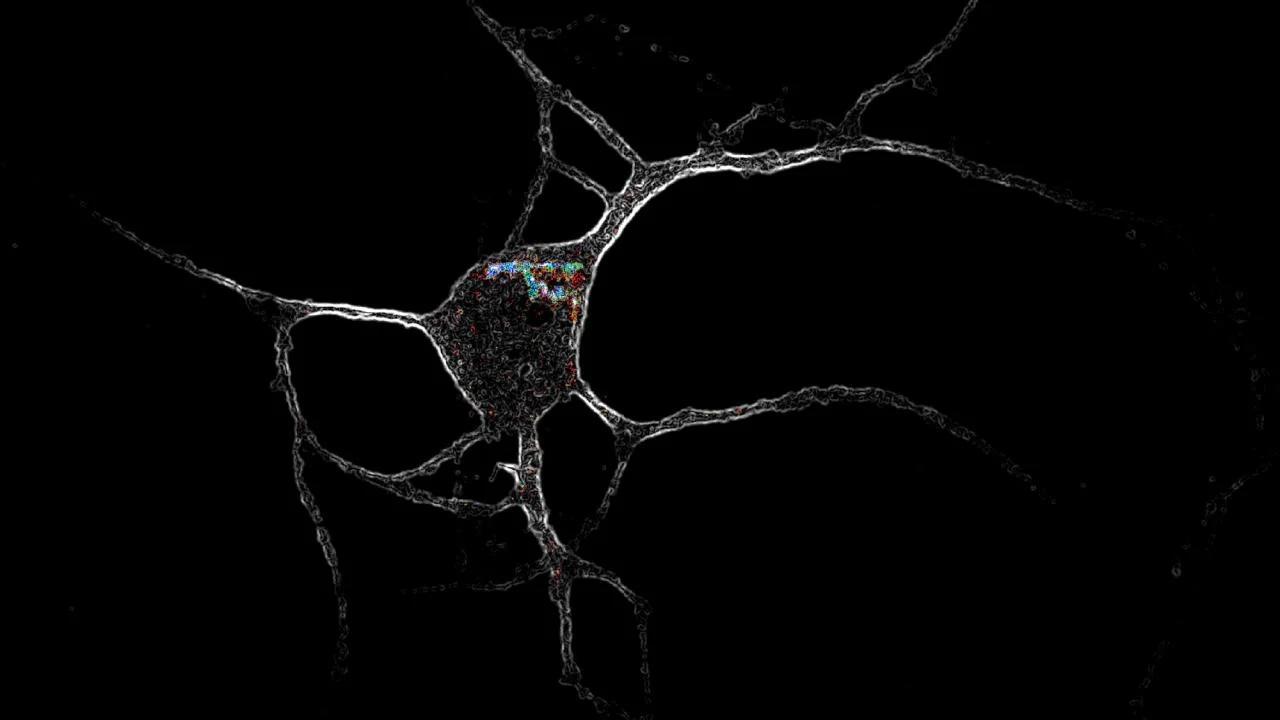
Earlier this year, a team of researchers from the UC Davis Institute for Psychedelics and Neurotherapeutics revealed in Science that psychedelics spur cortical neuron growth by activating intracellular pools of 5-HT2A receptors. This neuroplasticity combats the withering dendritic spines characteristic of several neuropsychiatric disorders.
A neuron in isolation can be thought of like a tree. Protruding from its body are branch-like dendrites that reach out and connect to other neurons throughout the brain.
When a psychedelic compound encounters a cortical neuron, it induces a host of effects, including neuroplasticity, or the growth of dendrites and formation of synapses.
But what are the molecular steps that promote this process? And what neuronal receptors are activated by these psychedelic compounds? Are they located on the surface of the neuron facing outwards? Or are they somewhere within the neuron itself?
Through cell culture and experiments with mice, UC Davis alum Maxemiliano Vargas (’23 Ph.D. in neuroscience) and his colleagues discovered that 5-HT2A receptors are key to promoting the beneficial neuroplastic effects of psychedelics. The researchers found that activation of these receptors kickstarts a cascade of molecular events that ultimately promote neuronal growth.
But first, the psychedelic must slip through the neuron’s cellular membrane.
“The ability of these psychedelics to activate intracellular receptors really comes down to their chemical composition and properties,” Vargas said. “They tend to be small and lipophilic, and because of this, they can passively diffuse across membranes. Now they’re in the intracellular environment and they can bind to a receptor, like 5-HT2A.”
The researchers found that activation of intracellular 5-HT2A receptors, which are primarily located in an organelle called the Golgi body, leads to downstream activation of the mammalian target of rapamycin (mTOR) pathway.
“That leads to the synthesis of a bunch of different proteins, some of which are necessary to induce neuroplasticity,” said Vargas. “That's the general biochemical pathway that we think is mediating the changes in neuroplasticity, enabling these neurons to form new connections with each other and strengthen already existing connections.”
The UC Davis Institute for Psychedelics and Neurotherapeutics is harnessing this research to develop novel psychoplastogens that activate the same pathways. The hope is that these new neurotherapeutics could be used to treat various neuropsychiatric disorders.
